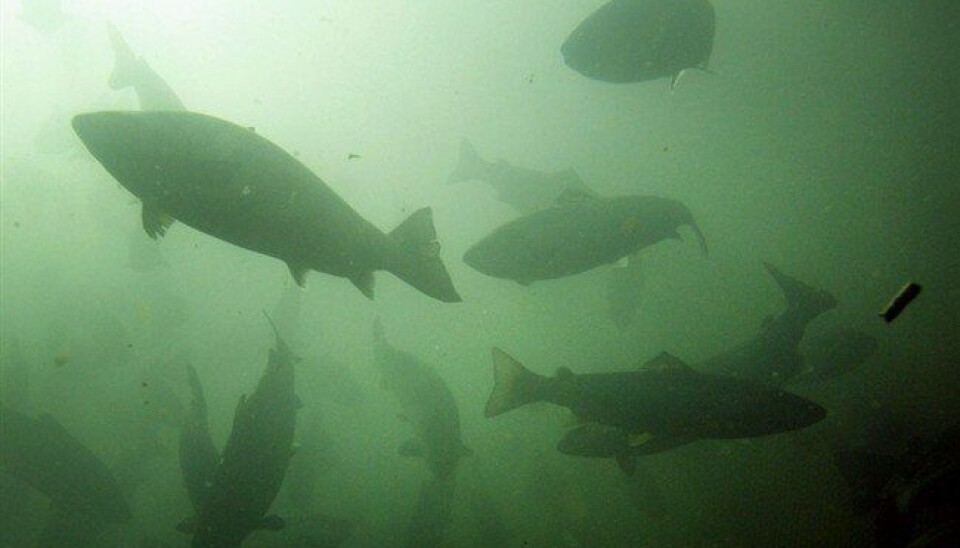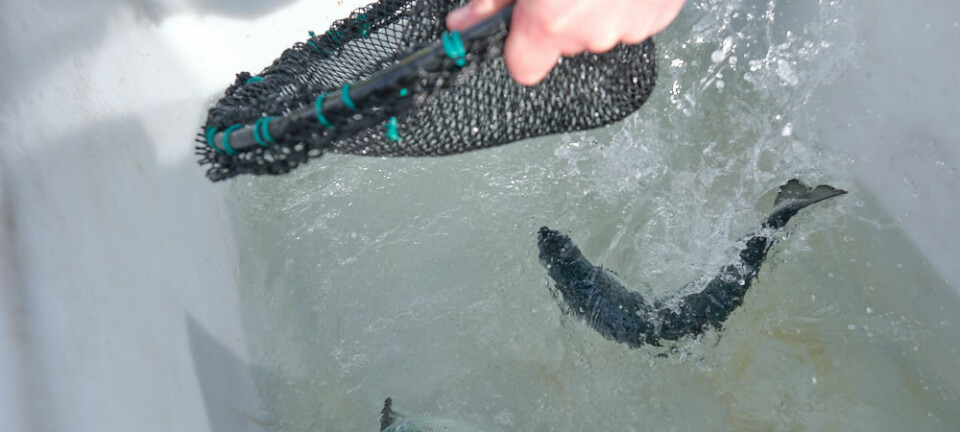
Florfenicol alters the microbial communities beneath salmon farms
Chilean scientists have discovered that treating fish with the antibiotic modifies the structure and metabolic functions of bacteria in marine sediments under pens.
Metagenomic analysis is a useful tool for understanding the ecological effects of, for example, antibiotics in marine environments exposed to such treatments.
Marine sediments harbour diverse microbial communities and have been suggested to potentially serve as reservoirs for antibiotic resistance genes.
Although antimicrobials are known to alter microbial composition, the specific impacts on sediments surrounding salmon farms remain poorly understood, reports Fish Farming Expert's Chilean sister site, Salmonexpert.cl.
For this reason, Chilean scientists led by Dr Sergio Lynch of Santo Tomás University and Dr Ruben Avendaño of Andrés Bello University, both also belonging to the Incar Centre, conducted a new study in which they analysed the structure of the bacterial community in marine sediments under fish farms subjected to treatment with florfenicol in Chile's Los Lagos Region.
Three farms
Specifically, the experimental design included three farms selected based on a documented history of antimicrobial use. Fish at farms 1 and 2 experienced a piscirickettsiosis outbreak, for which they were treated with florfenicol at a dose of 17 mg/kg. Farm 3 served as the control group, as it received no antimicrobial treatment throughout the entire production cycle.
The sampling included samples from the seafloor beneath the three culture sites. Experts then sequenced the bacterial 16S rRNA gene (V3-V4 region) to classify them taxonomically and assess differences between groups.
In their results, the researchers found significant differences in bacterial phyla between the control farm and the two sites treated with florfenicol.
Differences in phyla
Specifically, farm 1 showed notable differences in phyla such as Bacteroidota, Bdellovibrionota, Crenarchaeota, Deferrisomatota, Desulfobacterota, Fibrobacterota, Firmicutes and Fusobacteriota, while farm 2 exhibited differences in the phyla Bdellovibrionota, Calditrichota, Crenarchaeota, Deferrisomatota, Desulfobacterota, Fusobacteriota, Nanoarchaeota and Nitrospirote.
"Comparative analysis between the control and florfenicol-treated sites showed pronounced shifts in the relative abundance of several bacterial phyla, including statistically significant differences in Chloroflexi and Firmicutes. Predicted functional pathways revealed a notable enrichment of L-methionine biosynthesis III in culture site (farm) 2, suggesting a shift in sulphur metabolism, possibly driven by antimicrobial treatment. Furthermore, increased activity in fatty acid oxidation pathways indicates a greater microbial potential for lipid degradation at this site,” the study authors stated in their results.
As the scientists stated in their conclusions, these findings "highlight the considerable influence of florfenicol on sediment microbial communities and reinforce the need for sustainable management strategies to minimise ecological disturbance and the spread of antimicrobial resistance".
Read the full study titled “Influence of Florfenicol Treatments on Marine-Sediment Microbiomes: A Metagenomic Study of Bacterial Communities in Proximity to Salmon Aquaculture in Southern Chile”, here.









































































